Hello, Steemers!
It is time to keep promises and I want to start by publishing summaries of the most used techniques in modern cuisine. This time it's about the Sous-Vide technique or the vacuum cooking and I'll explain what this technique is about.
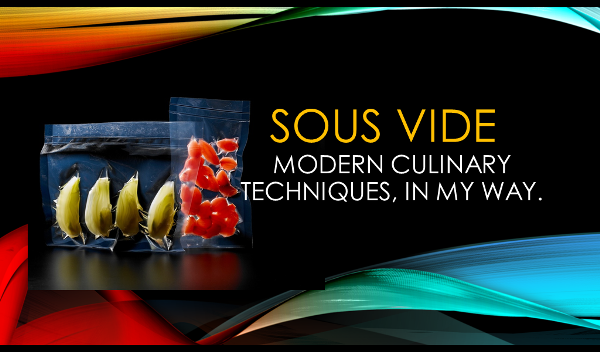
This is a subject that encompasses many scientific concepts, so many that it can even cover chemical investigations. But in order not to make the subject deep and we are going to focus on the domestic gastronomic use, we will only take into account three basic concepts:
Vacuum1:
It is the total absence or lack of content within a space. It is also called gauge pressure, when the difference between the actual pressure is lower than the atmospheric pressure. This means that when a quantity of pressure applied to a space is lower than the atmospheric pressure in which it is subjected, it is in a state of minimum pressure, extracting all matter and compressing the space and the particles that remain inside it. .Pasteurization2:
Created by the chemist Louis Pasteur, it is a technique used mostly in liquids or foods, to reduce almost in its entirety the presence of pathogens that the element could contain, using a low temperature cooking for a certain time, without causing great physical changes of the foods. It is important to be clear with this theory, since a bad exercise of this could cause that the foods are not innocuous, so I invite you to investigate more on the subject.Maillard reaction3:
Studied by Louis-Camille Maillard, it is the reaction of the non-enzymatic gliation process of proteins, that is, the process of transformation of sugars in foods. A complex theory in which determines the result of a food according to the type of cooking implemented, differentiating between taste, smell, color and Ph level.
With these concepts, the following theory of vacuum cooking can be formulated:
Technique in which the food is subjected to a vacuum1, to be cooked at a very low temperature for a long period of time2, without completely altering its organoleptic properties3.
This technique was originally discovered for the first time by the british scientist Sir Benjamin Thompson and was rediscovered by the french chef Georges Pralus. Since then, several scientists devoted themselves to studying these techniques in depth to achieve a more accurate procedure. Several authors have tabulated the vacuum cooking times taking into account the cooking time and internal temperature to get in the piece, there is a variety of tables depending on the thickness or shape and type of food.
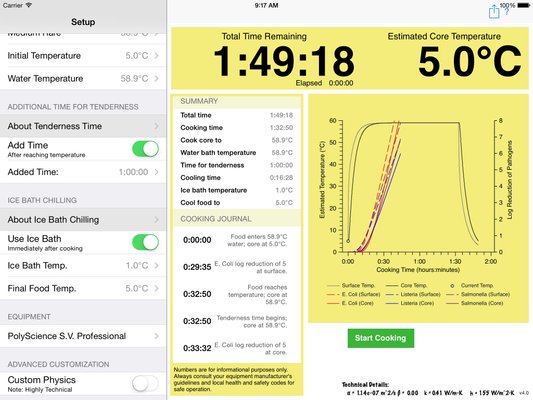
Sous Vide Dash. Apple Store
Source.
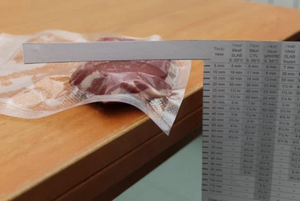
The advantage of this technique is that it can achieve a very precise cooking, highlights the flavor of the product, maintains its juiciness and most of its nutrients, since they are not disregarded in water. You can also achieve amazing product modifications that common cooking can not do.

Source.
Apart from that there are infinities of options in which you can prepare with Sous Vide: entries, main, desserts, pickles, candies, etc, etc. etc. All these are using several methods: packaging, bagging or direct pressure. At this moment, we will talk about bagging.
To cook Sous Vide, there are equipment and materials that make this method simple and effective: Vacuum sealers, circulators of thermal water (Roner) and plastic bags for food. Here are some examples to differentiate between industrial equipment and domestic equipment:
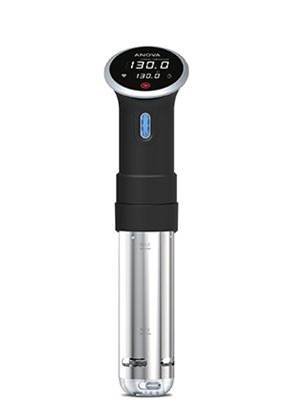 Source | 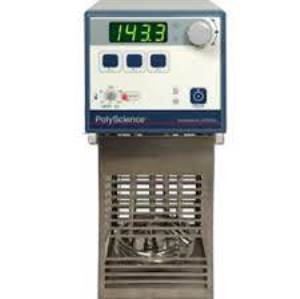 Source | |
 Source | ||
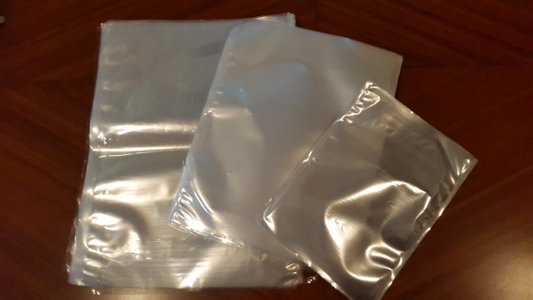 Source |
Stovetop method:
You just need a thermometer, ziplock bags, clothes hooks.
The food is introduced into the ziplock bag, some fat (vegetable or animal) or some sauce is added to prevent it from sticking to the bag at the time of cooking. This also helps to produce a pressure close to the vacuum.
Then, the bag is immersed in a deep container filled with water without reaching the hermetic seal for a few seconds, also helping to move as much air as possible. Close the ziplock bag almost completely, leaving a small space to give a vapor output of the contents of the bag during cooking and remove it from the water, reserving it vertically.
Preheat a deep pot with water to the temperature of your preference or according to the cooking table, constantly checking the temperature of the water with the thermometer. It is important to keep an eye on the thermometer if you want the cooking to be accurate. You can use a thread and tie it by the handles to keep it firm. Be careful to leave it near the fire.
Insert the bag in the hot water, using the hooks of clothes on the edge of the pot, to prevent the hermetic seal from sinking. Move constantly to prevent the contents from adhering to each other.
Once the bag has been placed in hot water, set the timer according to the time indicated in the cooking chart for your preferred term. Once the cooking is finished, remove and submerge in cold water immediately to be reserved or re-start the product from the bag and finish the cooking details to be served.
Cooler method isolated:
Repeat processes 1 and 2 above.
Fill the cooler with preheated water at the temperature of your preference. You can adjust the temperature of the water by adding cold or hot water until it reaches the desired point.
Insert the bag into the cooler and close over the seal of the bag. Check the temperature every 30 minutes and shake a little, add hot water if necessary.
Complete with the previous process 5
TIP: Sous Vide can be cooked from raw, preferably fresh and quality products. They can also seal the products before cooking Sous Vide, with the proviso that the product must be cold before entering the bag.
I hope you have enjoyed this information. In my future publications we will be working with this miraculous technique.

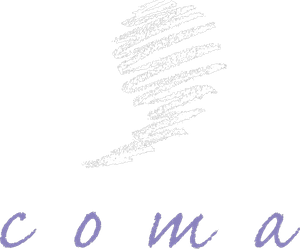

)
Thanks for reading and leave your comment.


